
Economic security sounds like a feeling. You may feel secure, for example, if you have zero debt and a sizable chunk of cash in the bank. But there’s a more formal definition.
According to a recent report from the nonprofit Institute for Women’s Policy Research in Washington, D.C.:
“To experience economic security, working adults must have enough income to meet their basic monthly expenses — such as housing, food, transportation, and child-care expenses — and save for emergencies and retirement.”
Using national and state data, the institute determined that, in the U.S., only 67 percent of working adults aged 19-64 are economically secure.
We used data from the report to rank the states, starting with ones where economic security is least common. Our numbers are for a family of four — two working parents, an infant and a preschooler — who have no workplace benefits, such as employer-sponsored health insurance or a retirement plan.
51. California

Households with economic security: 58 percent
Annual income needed for economic security: $106,848
California has much going for it, from sunny beaches and wine country to ancient forests and deserts. But affordable living can be a struggle. The institute’s report shows that a family of two working parents, an infant and a preschooler who do not have access to benefits must make over six figures to be economically secure in the Golden State.
50. New York

Households with economic security: 59 percent
Annual income for economic security: $118,272
Pricey New York is near the top of the list for having the most economically insecure households, and it requires one of the highest incomes for that family of four without benefits to be economically secure.
Also, while single parenthood can be difficult anywhere, New York has the lowest rate — just 17 percent — of economically secure single moms.
49. Hawaii
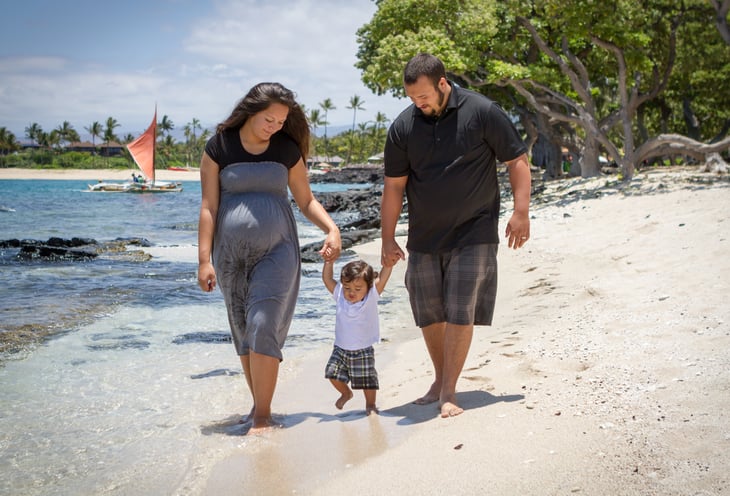
Households with economic security: 61 percent
Annual income needed for economic security: $105,504
Paradise comes at a price. The institute figures Hawaiians must spend more than $1,400 a month on housing, plus more than that on child care for the two children in our sample family. (You can enter in any state and circumstances here to get your own numbers.)
48. Oregon

Households with economic security: 61 percent
Annual income needed for economic security: $91,416.
Oregon families can breathe slightly easier than Hawaiians when it comes to costs. The institute estimates monthly housing costs here at $892. But child care is costly, with a statewide average of more than $1,400 for the sample family.
47. Florida

Households with economic security: 62 percent
Annual income needed for economic security: $77,568.
Housing costs are lower in Florida than in many other states, averaging $886 monthly, but the percentage of economically insecure working adults is high.
For older adults, however, sunny Florida recently was named the No. 1 most retirement-friendly state in a WalletHub analysis.
46. Georgia
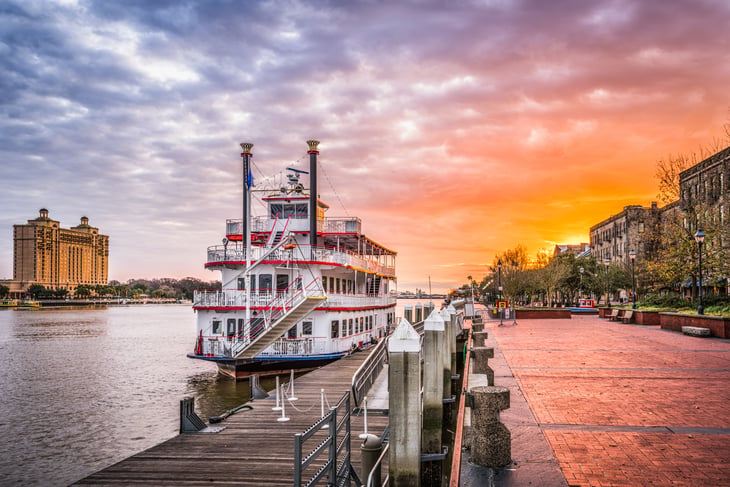
Households with economic security: 64 percent
Annual income needed for economic security: $75,168
Georgia’s average housing costs are pretty low, at $771 per month. But workers aren’t exactly rolling in dough here in the Peach State, since transportation and child care each cost around $1,000 a month for families in this scenario.
45. Arizona

Households with economic security: 65 percent
Annual income needed for economic security: $78,000
Sunny Arizona requires a fairly high annual income to avoid economic insecurity. Housing costs here aren’t too high, averaging $757 monthly, but child care turns up the heat. Care for our imaginary infant and preschooler would run those parents in Arizona $1,330 per month.
44. New Mexico

Households with economic security: 65 percent
Annual income needed for economic security: $71,976
Parceling out the numbers for living costs in New Mexico delivers both good news and bad news: Housing costs are a fairly affordable $667 per month, on average, but monthly child care costs are nearly double that at $1,324.
43. Delaware
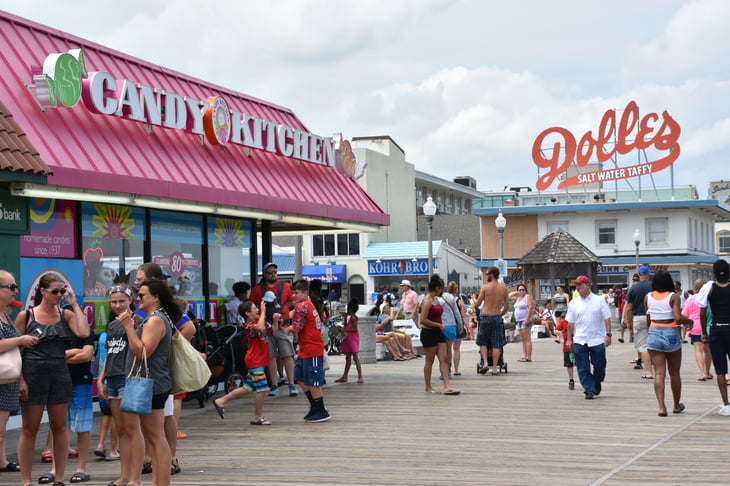
Households with economic security: 65 percent
Annual income needed for economic security: $88,032
It’s not easy to be economically secure raising two young children in Delaware, even with two working parents.
42. Mississippi

Households with economic security: 65 percent
Annual income needed for economic security: $60,048.
While Mississippi has a high percentage of economically insecure working adults, the annual income required to live here comfortably is comparatively low. Our sample family of four could get by on just over $60,000. A single working adult who has workplace benefits and no children can be considered economically secure earning $27,948.
41. Montana

Households with economic security: 66 percent
Annual income needed for economic security: $72,672
Montana may not have large, pricey cities like New York or California, but living’s not cheap in Big Sky Country.
Transportation, taxes and child care vacuum up much of your earnings, but housing costs are relatively low, requiring just around 11 percent of your annual income.
40. Idaho
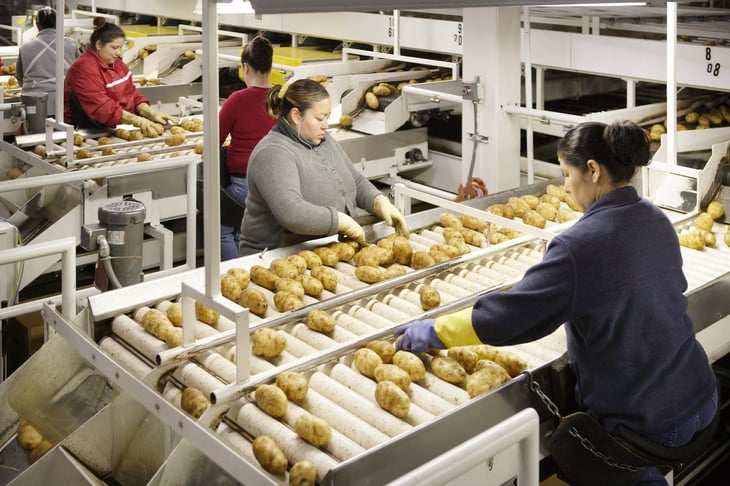
Households with economic security: 66 percent
Annual income needed for economic security: $67,200
A single working adult in Idaho can be “economically secure” while earning as little as $26,220, as long as that job provides benefits.
39. South Carolina

Households with economic security: 66 percent
Annual income needed for economic security: $68,760
Many Southern states are more affordable than South Carolina. Here, even a single working adult with job benefits and no children needs nearly $30,000 to be considered economically secure.
38. Utah

Households with economic security: 66 percent
Annual income needed for economic security: $79,344
Child care is the largest expenditure for our family of four in Utah, requiring about a quarter of their earnings, or $1,500 a month, on average, for the two small children while mom and dad work. Housing would cost them around $739.
37. North Carolina

Households with economic security: 67 percent
Annual income needed for economic security: $75,504
You’ll need to earn close to $30,000 a year as a single working adult even in a job with benefits to be “economically secure” in North Carolina.
36. Colorado
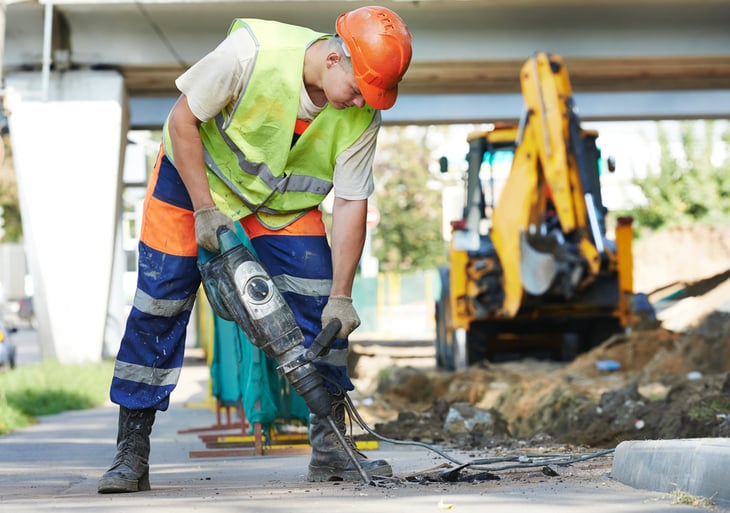
Households with economic security: 67 percent
Annual income needed for economic security: $94,248
In Colorado, a single working adult is considered economically secure when earning $34,152, assuming a job that provides benefits. Our sample family of four, however, must bring in nearly six figures to be economically secure without workplace benefits.
You might think of Colorado as filled with young, twenty-something ski bums. Would you be surprised to learn it was named the No. 3 retirement-friendly state in a recent WalletHub analysis?
35. Louisiana

Households with economic security: 67 percent
Annual income needed for economic security: $64,224
Costs for a family living in Louisiana are fairly low. And, yet, here’s something that could contribute to financial insecurity: Louisiana has the second-highest average car-insurance premiums in the nation, according to Insure.com.
34. Oklahoma
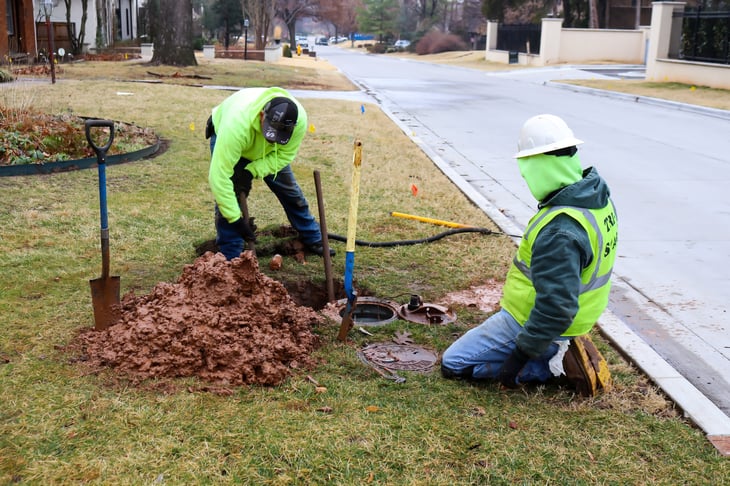
Households with economic security: 67 percent
Annual income needed for economic security: $68,472
Transportation will cost you plenty in Oklahoma, eating up about $1,000 a month, or nearly 18 percent of the budget, for our family of four. Child care consumes about 20 percent of their budget, about twice the share of housing.
33. Virginia

Households with economic security: 67 percent
Annual income needed for economic security: $94,152
Want to live in Virginia? Hope you’re pulling in a good salary. Even a single working adult with benefits must earn nearly $40,000 to be economically secure.
32. Texas

Households with economic security: 67 percent
Annual income needed for economic security: $69,720
Child care takes up more than 20 percent of our sample family’s income in Texas.
31. Alabama

Households with economic security: 67 percent
Annual income needed for economic security: $65,232
In Sweet Home Alabama, it’s transportation for our family of four that consumes the largest chunk — 20 percent — of their annual income.
30. Arkansas

Households with economic security: 68 percent
Annual income needed for economic security: $60,480
A family with two working parents, one infant and one preschooler needs just over $60,000 to live with economic security in Arkansas. Move them to the District of Columbia, though, and they’d need more than twice that amount.
29. Washington

Households with economic security: 68 percent
Annual income needed for economic security: $92,352
In the Emerald City, child care consumes the biggest percentage of our family’s budget, at more than 24 percent.
Although Washington is one of seven states with no personal income tax, sales taxes exact a high cost. According to SmartAsset.com, Washington’s combined state and average local sales tax rate is over 9 percent.
28. Vermont

Households with economic security: 68 percent
Annual income needed for economic security: $87,840
Child care and taxes take big bites out of our family’s budget in Vermont. Child care eats up 22 percent of the budget, while taxes claim more than 20 percent.
Scenic Vermont has one financial bonus you may not have expected: A recent Insure.com analysis says the Green Mountain State has the lowest average car-insurance premiums in the nation.
27. Nevada

Households with economic security: 69 percent
Annual income needed for economic security: $74,592
Hope you strike it rich at one of Nevada’s casinos, because it’s not all fun and games here. In this state, 31 percent of working adults are not economically secure. Child care takes the biggest bite (24 percent) of our sample family’s budget.
Although the Silver State has no income tax, SmartAsset.com notes that sales taxes are high, above 8 percent in some areas.
26. District of Columbia

Households with economic security: 69 percent
Annual income needed for economic security: $135,744
Our nation’s capital is an exciting place, but it’s also a costly one. Running the numbers shows that the two working parents without job benefits in our sample family of four need to earn more than $135,000 to live with economic security.
25. Maryland

Households with economic security: 69 percent
Annual income needed for economic security: $100,464
Maryland falls right in the middle of this ranking of 50 states and Washington, D.C. But everything’s relative. It’s not cheap to live in the Old Line State. Our mythical family of four needs a six-figure income. Even with workplace benefits, a single working adult with no children needs $43,272 annually here to be economically secure.
24. Illinois

Households with economic security: 70 percent
Annual income needed for economic security: $88,560
Illinois lands close to the middle of the pack, but here a single worker with benefits breathes a little easier, needing just $32,688 to be economically secure — more than $10,000 less than in Maryland.
23. Maine

Households with economic security: 70 percent
Annual income needed for economic security: 78,744
Child care eats up the most of our hypothetical family’s income in Maine, claiming more than 20 percent. That cost is followed closely by taxes, at just under 20 percent.
22. Kentucky

Households with economic security: 70 percent
Annual income needed for economic security: $67,704
Three budget categories all but tie for most expensive when we figure our sample family’s expenses in Kentucky. Child care takes the most, at 18.96 percent. Taxes consume 18.39 percent and transportation eats up 18.07 percent of their budget. Housing, however, is just 10.29 percent of their budget.
21. New Jersey

Households with economic security: 70 percent
Annual income needed for economic security: $99,120
New Jersey isn’t cheap, but a family has more breathing room than in neighboring New York. Our sample family needs nearly $20,000 less in New Jersey than New Yorkers do to stay financially secure.
20. Massachusetts

Households with economic security: 70 percent
Annual income needed for economic security: $116,856
Child care isn’t cheap anywhere, but in Massachusetts it takes more than a quarter of our family’s budget so the parents can work at their no-benefit jobs. Taxes are close behind, requiring 23 percent.
19. West Virginia

Households with economic security: 70 percent
Annual income needed for economic security: $68,280
In West Virginia, housing only uses 11 percent ($601) of our family’s budget. Child care takes twice that, at 21 percent ($1,185).
18. Michigan

Households with economic security: 71 percent
Annual income needed for economic security: $76,704
Child care takes up 21 percent of the annual income of a Michigan family of four with two small children and no job benefits. Taxes claim 19 percent.
It may surprise you but, Michigan, home to General Motors, Ford and Chrysler, recently was found to have the highest car insurance premiums in the nation. That’s an expense that certainly doesn’t help with economic security.
17. Tennessee

Households with economic security: 71 percent
Annual income needed for economic security: $66,144
Child care in Tennessee, as in so many states, consumes the biggest percentage of our hypothetical family’s budget, devouring more than 21 percent. Transportation is the next biggest budget item, at 18 percent. Housing here looks cheap next to many other states, using just 12 percent our family’s budget.
16. Indiana

Households with economic security: 71 percent
Annual income needed for economic security: $74,640
If you’re a single working adult with job benefits in Indiana, you can get by earning just $27,204 and still be economically secure.
15. Missouri

Households with economic security: 72 percent
Annual income needed for economic security: $67,944
Missouri is certainly cheaper than neighboring Illinois. In the Show Me State, a single adult worker in a job with benefits can be economically secure earning $27,204 a year, compared with $32,688 in Illinois.
14. Kansas

Households with economic security: 72 percent
Annual income needed for economic security: $72,504
The three priciest areas of our family’s budget in this Great Plains state would be child care (23 percent), taxes (19 percent) and transportation (15 percent).
13. Rhode Island

Households with economic security: 72 percent
Annual income needed for economic security: $89,712
The Union’s smallest state was ranked No. 1 for affordability in a recent WalletHub study about the best states for families. Still, the institute’s survey says our family of four needs close to $90,000 annually to be economically secure.
12. Minnesota

Households with economic security: 72 percent
Annual income needed for economic security: $91,032
When we run the numbers for our sample family living in Minnesota, we find that housing is fairly cheap, but child care and taxes take a toll.
11. Nebraska

Households with economic security: 73 percent
Annual income needed for economic security: $71,208
In Nebraska, housing is fairly affordable, consuming about 11 percent of a family’s annual income. Child care eats up 22 percent of the budget, twice what housing does.
10. Wisconsin

Households with economic security: 73 percent
Annual income needed for economic security: $84,360
Wisconsin and next-door-neighbor Minnesota are close on this chart, as in real life, but it’s a bit more costly to live in Minnesota than in the Badger State.
9. Alaska

Households with economic security: 73 percent
Annual income needed for economic security: $87,624
Many may dream of getting away from it all in Alaska, the Last Frontier. But you can’t get away from child care expenses, by far the largest chunk of our sample family’s annual income in that state, at 25 percent. Compare that with Mississippi, where child care takes up only 14 percent of the sample family’s budget.
8. Pennsylvania

Households with economic security: 74 percent
Annual income needed for economic security: $80,496
If you’re going to have a family in Pennsylvania, the child care share of your budget is going to be a biggie. Paying someone to watch the kids while mom and dad work takes up 23 percent of our hypothetical family’s budget.
7. North Dakota
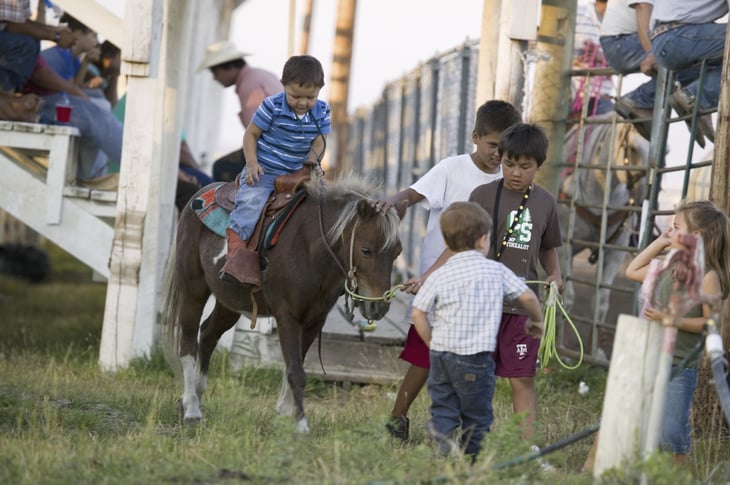
Households with economic security: 74 percent
Annual income needed for economic security: $68,520
It costs a good bit more to live in North Dakota, where our family of four needs over $68,000 for economic security, than in neighboring South Dakota, where it takes just under $60,000.
6. Wyoming

Households with economic security: 74 percent
Annual income needed for economic security: $69,192
Once again, child care tops the budget burdens in Wyoming, taking up 24 percent of our sample family’s budget.
Taxes are less of a burden in the “Equality State.” Wyoming has no personal income tax, doesn’t tax retirement income and has low property and sales tax rates, SmartAsset.com reports.
5. Connecticut

Households with economic security: 74 percent
Annual income needed for economic security: $98,904
Better earn close to a six-figure salary if you want to have a family in Connecticut. And many do, apparently, since 74 percent of the state meets the test for economic security, compared with 58 percent in California.
4. Iowa

Households with economic security: 75 percent
Annual income needed for economic security: $71,784
You can live alone pretty cheaply in Iowa. The institute says a single working adult with job benefits will be economically secure earning just $26,436 a year.
3. South Dakota

Households with economic security: 75 percent
Annual income needed for economic security: $59,592
A single working adult with job benefits in South Dakota needs to earn only $24,648 a year to live with economic security. That same single adult would need $50,508 to feel economically secure in the District of Columbia.
Here’s an intriguing fact about South Dakota: It trails only sunny Florida in a recent analysis of the most retirement-friendly states.
2. Ohio

Households with economic security: 76 percent
Annual income needed for economic security: $69,264
Ohio is one of the least expensive states in which to live on this list. A single working adult with job benefits needs to earn just $26,052 a year for economic security.
Housing costs are low, averaging just $613 to house our hypothetical family. But, as elsewhere, child care costs hit hard.
1. New Hampshire

Households with economic security: 78 percent
Annual income needed for economic security: $84,552
No one tops the Granite State for its share of economically secure households. And, yet, 22 percent of its working adults are economically insecure.
What’s life like in your state? Do you feel economically secure? Share your experience by posting a comment below or at our Facebook page.





Add a Comment
Our Policy: We welcome relevant and respectful comments in order to foster healthy and informative discussions. All other comments may be removed. Comments with links are automatically held for moderation.